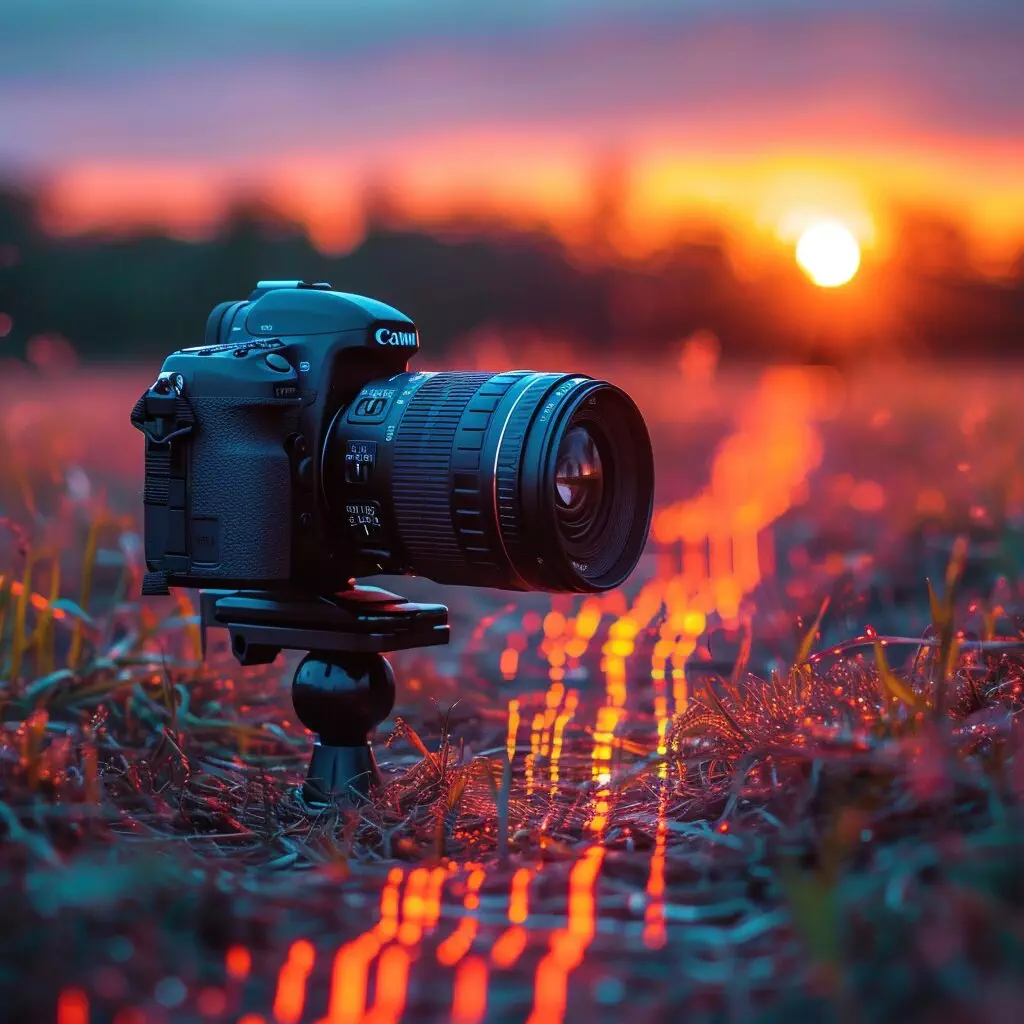There exists a delicate balance in the video editing process between obtaining an organic handheld appearance and winding up with unstable, unviable footage. This is a situation we’re all familiar with — returning from a filming task only to find that the video wasn’t as stable as we’d expected.
Our goal is to guide you through harnessing the robust Warp Stabilizer in Premiere Pro, a tool that can salvage even the shakiest of clips. As we explore the functionalities and nuances of this feature, we’ll share professional tips to help you achieve that elusive cinematic calmness in your videos. One key aspect to consider when using Warp Stabilizer is the impact it has on audio. To ensure that your videos have a polished and professional finish, it’s important to pair your stabilized footage with high-quality audio effects. One way to enhance the sound of your videos is by incorporating the best free reverb VST plugins available. These plugins can add depth and richness to your audio, complementing the smooth and steady visuals achieved through Warp Stabilizer.
Whether it’s a subtle correction or a major overhaul, our tutorial is here to ensure you have the know-how to make your handheld camera footage as steady as the story it tells through the use of the Warp stabilizer.
So join us as we reveal the secrets to turning your volatile visuals into smooth, professional sequences that keep your audience captivated.
Key Takeaways
- Shaky footage is a common issue for videographers.
- Adobe After Effects offers robust stabilization features.
- The Warp Stabilizer in After Effects, a popular plugin, analyzes and corrects footage by targeting moving edges.
- Stabilization plugins can be used in addition to After Effects.
Understanding the Basics of After Effects Video Stabilization in Adobe?

Shaky footage commonly plagues videographers who use handheld cameras, but Adobe After Effects offers robust stabilization features with its stabilizer tool, smoothing out unwanted camera movement. Capturing the moment without being held back by the constraints of heavy gear or tripods is essential.
Adobe After Effects swoops in to provide the freedom to stabilize shaky footage post-shoot, turning our work into the seamless vision we aim for.
Adobe After Effects is a powerhouse in video stabilization. It doesn’t just offer a quick fix; it analyzes the footage and intelligently corrects it. The Warp Stabilizer is our secret weapon, allowing us to stabilize footage with precision, smoothing out jitters without sacrificing the integrity of the shot.
Adjusting settings to suit the unique challenges of each piece of footage is part of the process. It’s a dance between the software and our creative intuition, ensuring the result is natural and unrestricted.
Sometimes, Adobe After Effects alone isn’t enough. We’re not shy about bringing in stabilization plugins when we need that extra edge. These plugins work in tandem with Adobe’s built-in tools, offering more control and options to achieve the fluidity we crave.
Getting Started with Warp Stabilizer Effect in After Effects

Embarking on the journey to smooth out our footage begins with familiarizing ourselves with the Warp Stabilizer VFX in After Effects.
This powerful tool frees us from the constraints of shaky footage, enabling us to stabilize even the most turbulent scenes:
- Import jittery clip into After Effects composition
- Select the clip in the timeline then go to the Effects panel
- Type “Warp Stabilizer” and apply the effect to the video layer
- The blue banner indicates the analysis progress frame by frame
- Orange banner signals stabilization process underway
- Time varies based on length and complexity
- Once done, shakes are reduced substantially
- Adjust settings like Smoothness and Method to taste
- Refine effect balance between a natural look and steady shot
Leveraging Motion Tracking and Stabilization in After Effects

To further refine our footage and achieve smooth motion, we’ll use After Effects’ Track Motion feature, pivotal in using stabilize during the stabilization process. This isn’t just about stabilizing; it’s about attaining control that lets our creative spirits soar.
Here’s how to tap into the full potential of motion in After Effects:
- Open the tracker panel to lay the groundwork for tracking and stabilization.
- Use After Effects’ Track Motion feature and the stabilizer tool to analyze movement within the footage, pinpointing what needs to remain steady.
- Set and adjust tracking points to direct After Effects, ensuring the subject remains in the spotlight.
- Apply the stabilize motion feature after tracking to smooth out the jitters, achieving cinematic steadiness.
Advanced Techniques for Stabilizing Video in After Effects

Having mastered the basics, let’s explore advanced techniques for stabilizing challenging video footage. The stabilize motion feature locks down the footage with complex movement patterns.
For clips that confuse basic stabilizers, turn to motion tracking with multiple tracking points for nuanced control. The subspace warp technique within the Warp Stabilizer VFX is used for warping different parts of the frame differently, accommodating complex movements.
Diving deeper into stabilization settings, tweak the parameters to suit the specific type of motion. These settings enable us to achieve a buttery smooth cinematic look that seemed out of reach with conventional methods.
Troubleshooting Common Issues in Stabilizing Footage in After Effects

When stabilizing footage in After Effects, issues like over-stabilization or complex scenes may arise, requiring a strategic approach to correct.
Here’s a quick list to tackle common problems:
- Over-Stabilization: Reduce the ‘Smoothness’ parameter if the footage looks unnaturally static.
- Complex Scenes: Use ‘Detailed Analysis’ for more data, helping the warp stabilizer work effectively.
- Shaky Footage Quality: Preprocess the footage to enhance quality before stabilization.
- To tackle persistent jitters, change the ‘Method’ setting to ‘Position, Scale, Rotation’ for better results in this After Effects stabilizing tutorial.
Conclusion
We’ve navigated through Adobe’s Warp Stabilizer, mastering its use within After Effects. By embracing motion tracking and fine-tuning our techniques, we’re equipped to handle trembles and transform our footage into cinematic smoothness.
Remember, even troublesome clips can be tamed. Let’s continue experimenting and refining; turning shaky captures into steady masterpieces is now possible using stabilization, extending our realm of video editing expertise.
Frequently Asked Questions
What is warp stabilization in Premiere Pro?
Warp stabilization is a camera stabilization effect in Adobe Premiere Pro that attempts to warp various parts of a video frame differently to stabilize the entire frame. This helps users smooth and stabilize shaky video footage.
How does Warp Stabilizer VFX work?
Using the Stabilize Motion feature, the Warp Stabilizer VFX tool in Premiere Pro tracks different parts of a shaky video and alters the frame such that the camera motion is smoothed out. This effect can be accessed via the Effect Controls Panel.
Do I need to stabilize all videos in Premiere Pro?
It depends on the quality and purpose of your footage. If your videos have a lot of camera motion, such as handheld footage or videos from a moving vehicle, and if you want to give a smooth watching experience to your viewers, you may need to stabilize your video.
Can I Use Warp Stabilizer in Premiere Pro to Improve Video Quality on my WordPress Website?
Yes, you can use Warp Stabilizer in Premiere Pro to improve the video quality on your WordPress website. This tool helps smooth out shaky footage, making your videos look more professional. To permanently delete your WordPress account, follow the steps outlined in the platform’s settings.
How do I use Warp Stabilizer to stabilize shaky handheld footage in Premiere Pro?
To apply Warp Stabilizer, first select the clip in the Project Panel or timeline that you want to stabilize. Go to the Effects Panel and type “Warp Stabilizer” in the search bar. Drap and drop the effect on the clip. The Warp Stabilizer begins to analyze and stabilize your footage using the settings in the Effect Controls panel. You’ll be able to see the progress in percentage.
My video is still shaky after using Warp Stabilizer. What can I do?
One technique to further stabilize your image is using the “Stabilize Motion” feature found within Effect Controls. Using stabilize in After Effects can track certain points in your video and counteract the unwanted motion blur of the camera around those points. Additionally, increasing the Smoothness slider under the Warp Stabilizer settings might improve the result.
